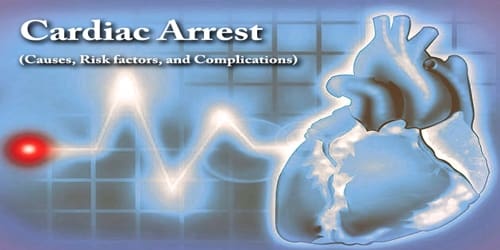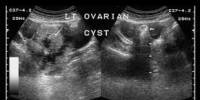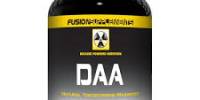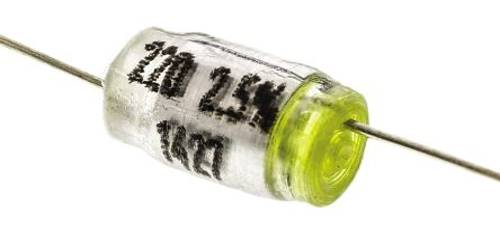Cardiac Arrest (Causes, Risk factors, and Complications)
Definition: Cardiac arrest is a serious heart condition that is a sudden loss of blood flow resulting from the failure of the heart to effectively pump. A sudden cardiac arrest is different from a heart attack, which occurs when blood flow to a portion of the heart is blocked. However, a heart attack can sometimes trigger an electrical disturbance that leads to a sudden cardiac arrest.
Symptoms include loss of consciousness and abnormal or absent breathing. Some individuals may experience chest pain, shortness of breath, or nausea before cardiac arrest. If not treated within minutes, it typically leads to death.
Cardiac arrest occurs when the rhythm of the heart stops. It is an extremely serious health issue. The condition can cause death or disability. The most common cause of cardiac arrest is coronary artery disease. Less common causes include major blood loss, lack of oxygen, very low potassium, heart failure, and intense physical exercise. A number of inherited disorders may also increase the risk including long QT syndrome. The initial heart rhythm is most often ventricular fibrillation.
The diagnosis is confirmed by finding no pulse. While a cardiac arrest may be caused by heart attack or heart failure, these are not the same. Prevention includes not smoking, physical activity, and maintaining a healthy weight. If any people with is experiencing symptoms of cardiac arrest, seek emergency health assistance immediately. It can be fatal. Immediate response and treatment can save a life.

Causes and Risk factors of Cardiac arrest: Sudden cardiac arrest (SCA) and sudden cardiac death (SCD) occur when the heart abruptly begins to beat in an abnormal or irregular rhythm (arrhythmia). A number of factors can cause sudden cardiac arrest. Two of the most common are ventricular and atrial fibrillation.
- Ventricular Fibrillation – Our heart has four chambers. The two lower chambers are the ventricles. In ventricular fibrillation, these chambers quiver out of control. This causes the heart’s rhythm to change dramatically. The ventricles begin to pump inefficiently, which severely decreases the amount of blood pumped through the body. In some cases, the circulation of blood stops completely. This may lead to sudden cardiac death.
- Atrial Fibrillation – The heart can also stop beating efficiently after an arrhythmia in the upper chambers. These chambers are known as the atria. Atrial fibrillation begins when the sinoatrial (SA) node doesn’t send out the correct electrical impulses. Our SA node is located in the right atrium. It regulates how quickly the heart pumps blood. When the electrical impulse goes into atrial fibrillation, the ventricles can’t pump blood out to the body efficiently.
The most common non-cardiac causes are trauma, bleeding (such as gastrointestinal bleeding, aortic rupture, or intracranial haemorrhage), overdose, drowning and pulmonary embolism. Cardiac arrest can also be caused by poisoning (for example, by the stings of certain jellyfish).
A life-threatening arrhythmia usually develops in a person with a pre-existing heart condition, such as:
- Coronary artery disease
- Heart attack
- Enlarged heart (cardiomyopathy)
- Valvular heart disease
- Electrical problems in the heart
- Congenital heart disease
The major risk factor for sudden cardiac arrest (SCA) is coronary heart disease. Most people who have SCA have some degree of coronary heart disease; however, many people may not know that they have coronary heart disease until SCA occurs. Usually, their coronary heart disease is “silent”—that is, it has no signs or symptoms. Because of this, doctors and nurses have not detected it.
Other risk factors for cardiac arrest include:
- smoking
- sedentary lifestyle
- high blood pressure
- obesity
- a family history of heart disease
- history of a previous heart attack
- age over 45 for men, or over 55 for women
- male gender
- substance abuse
- low potassium or magnesium
The overall chance of survival among those who have a cardiac arrest outside the hospital is 10%. Among those who have an out-of-hospital cardiac arrest, 70% occur at home and their survival rate is 6%. For those who have an in-hospital cardiac arrest, the survival rate is estimated to be 24%.
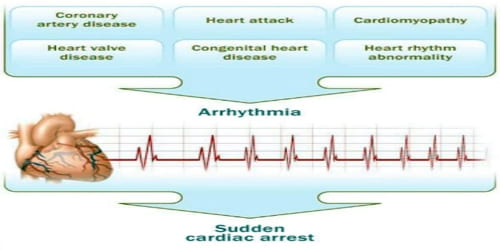
Complications of Cardiac arrest: Based on death certificates, sudden cardiac death accounts for about 15% of all deaths in Western countries. When a sudden cardiac arrest occurs, our brain is the first part of our body to suffer because, unlike other organs, it doesn’t have a reserve of oxygen-rich blood. It’s completely dependent on an uninterrupted supply of blood. Reduced blood flow to your brain causes unconsciousness.
If our heart rhythm doesn’t rapidly return to its normal rhythm, brain damage occurs and death results. If sudden cardiac arrest lasts more than 8 minutes, survival is rare. Survivors of cardiac arrest may show signs of brain damage.
In the United States, 326,000 cases of out of hospital and 209,000 cases of in-hospital cardiac arrest occur among adults a year. The lifetime risk is three times greater in men (12.3%) than women (4.2%) based on analysis of the Framingham Heart Study. However, this gender difference disappeared beyond 85 years of age.
Information Source:
